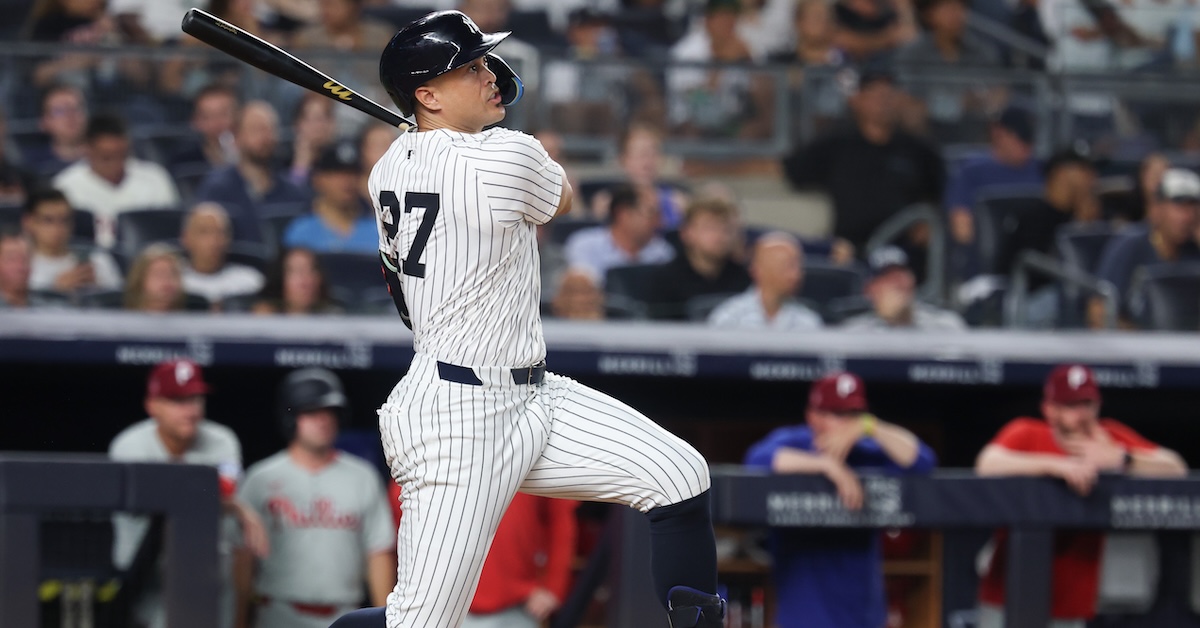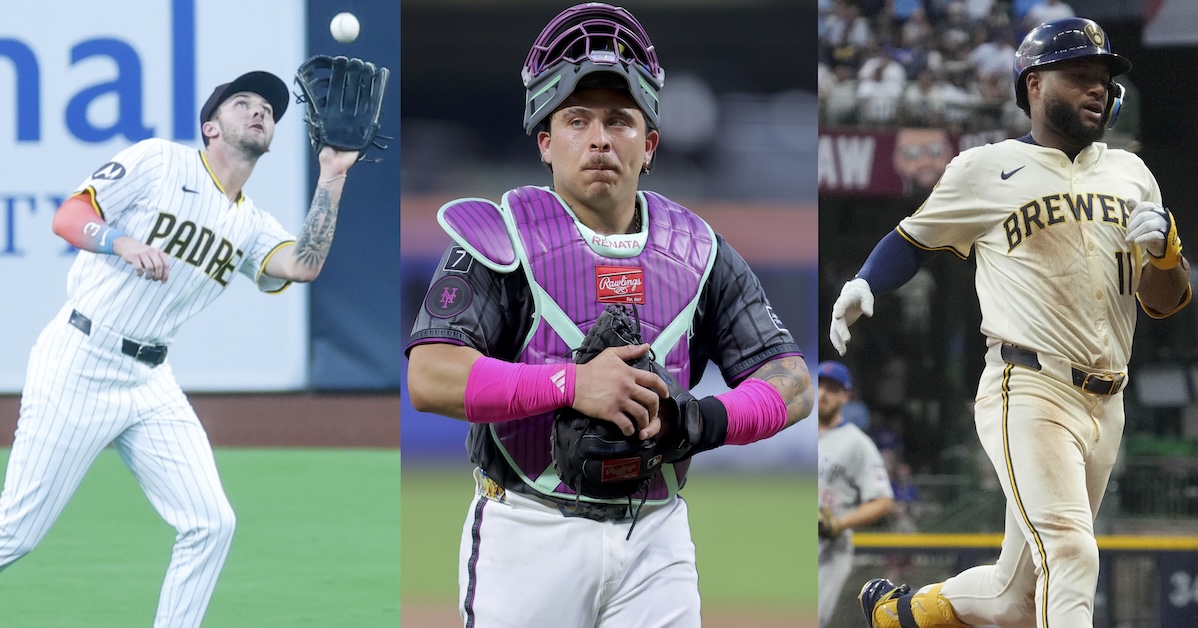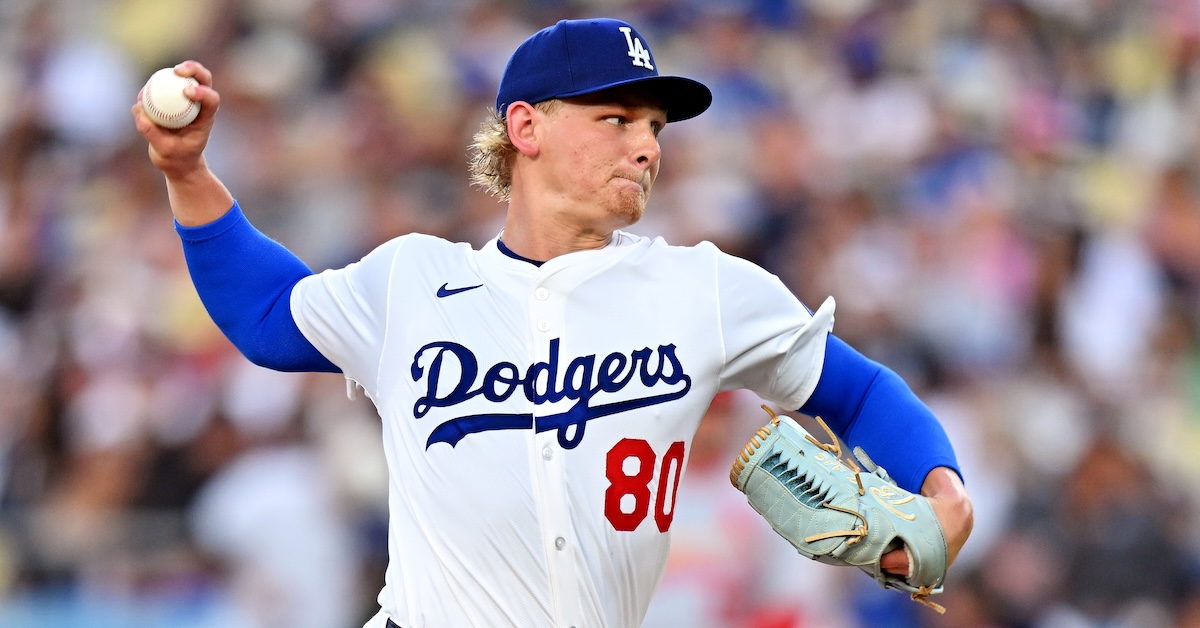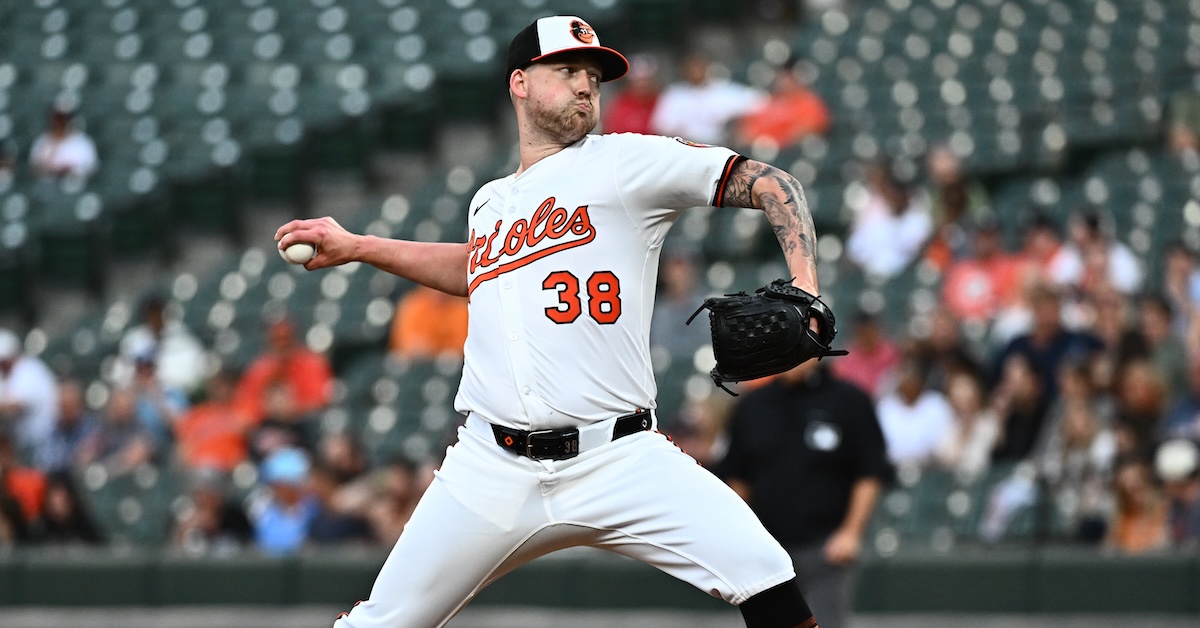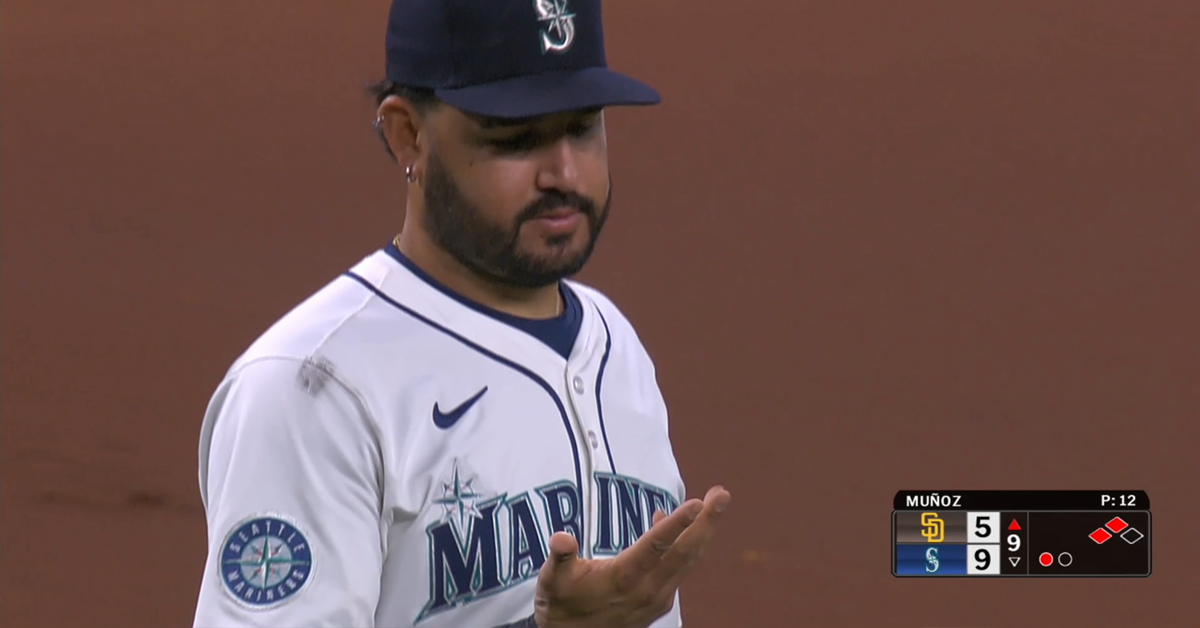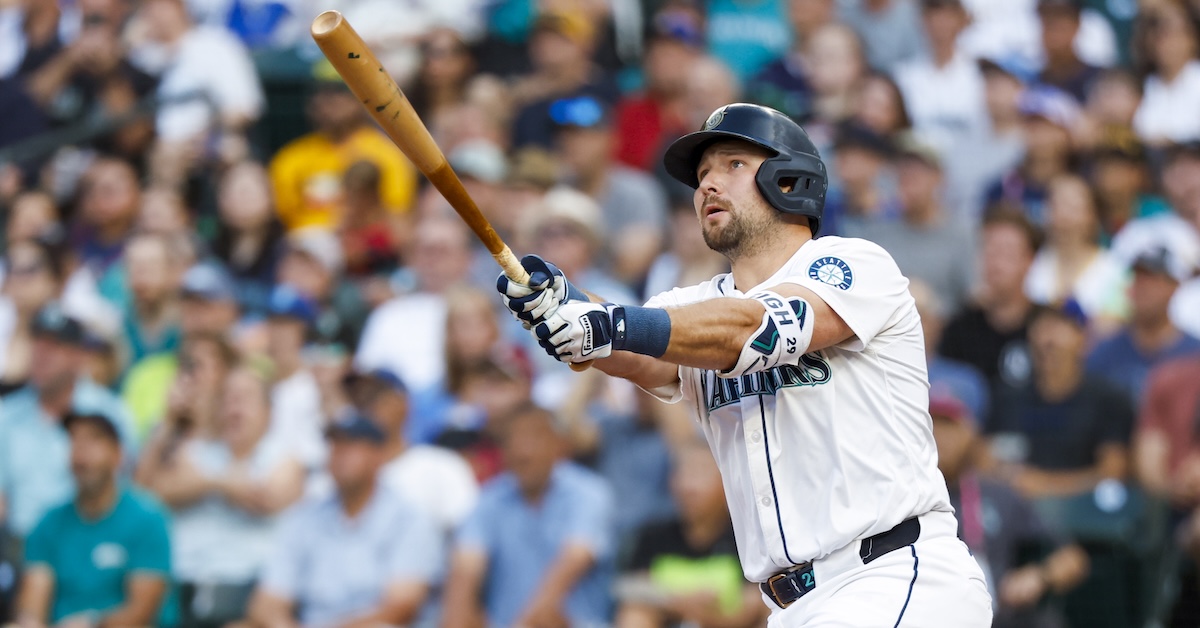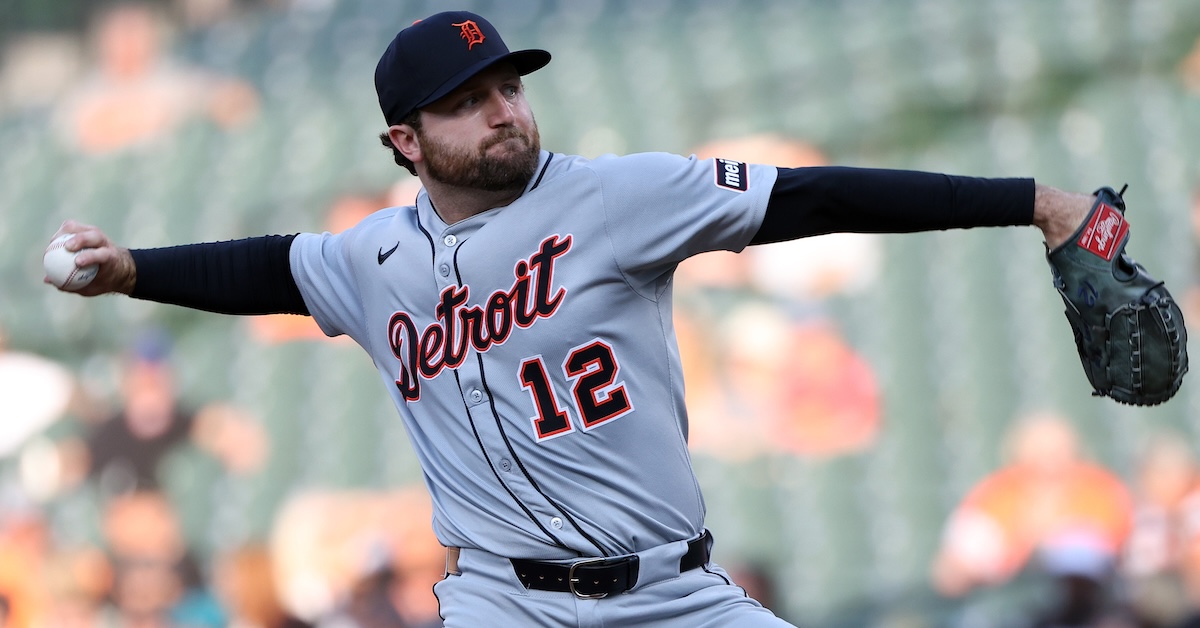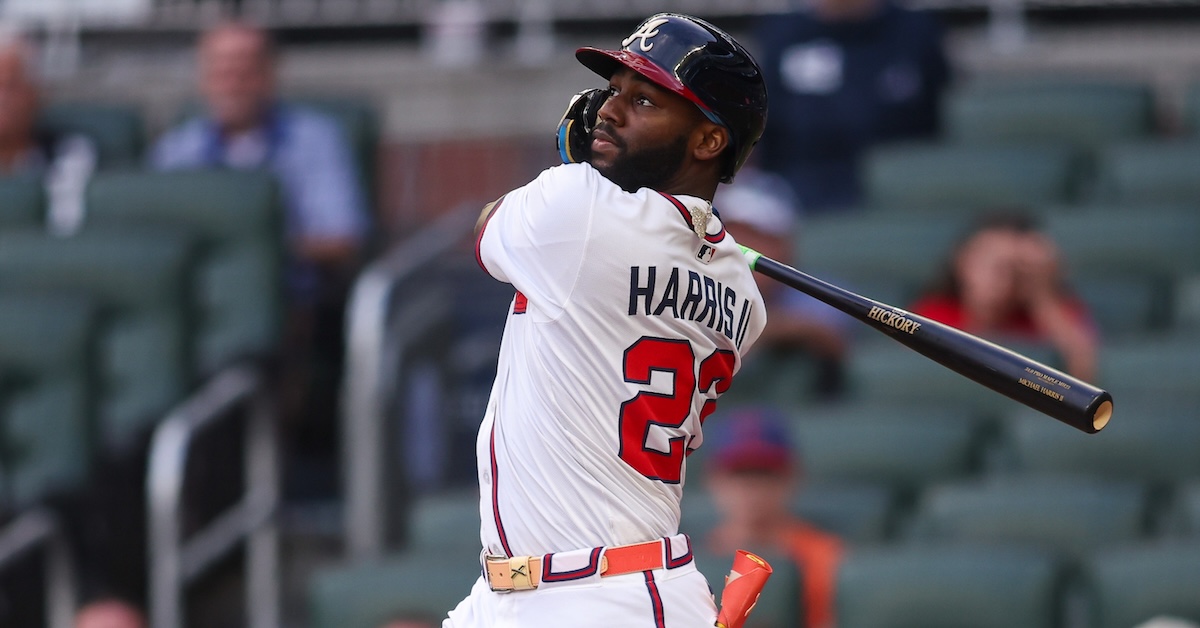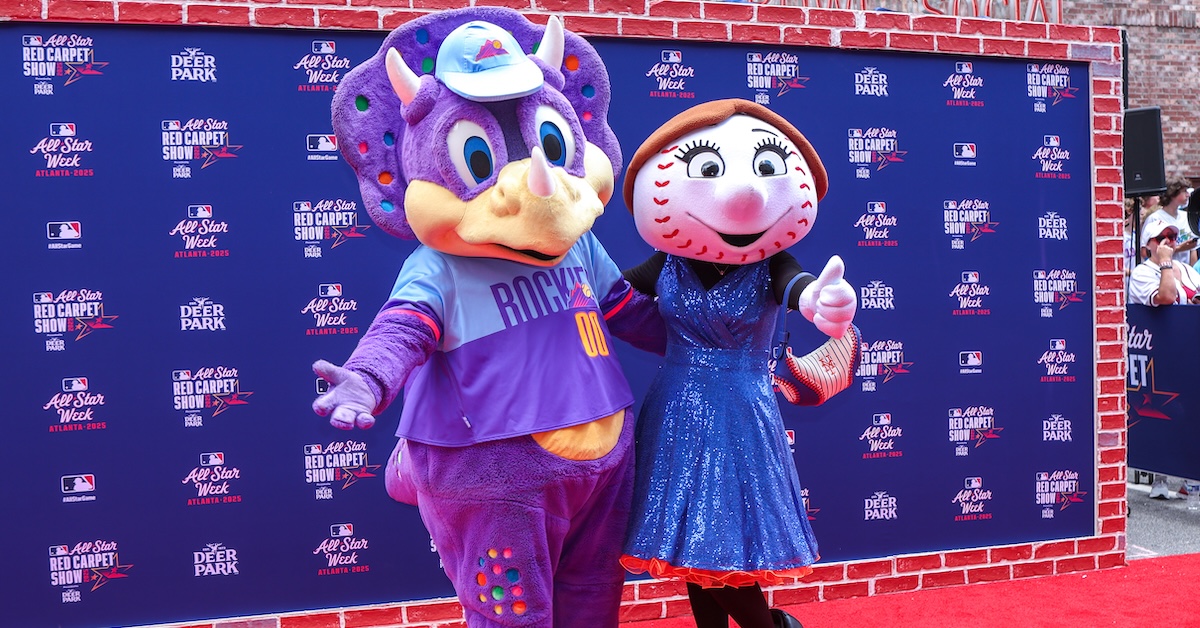Justin Verlander’s Latest Transformation

Justin Verlander’s 2025 season isn’t going to be one for the history books. After his second stint with the Astros ended with a whimper (17 starts and a 5.48 ERA in 2024), he signed a one-year deal with the Giants that felt like a potential career capstone. At 42 and with a résumé that’s already a stone cold lock for Cooperstown, this year was never going to be about accumulating more statistics. When he started the year 0-8 with a 4.99 ERA, it felt like the final act of his career. No one fights off time forever, not even the seemingly ageless Verlander.
Anyway, here’s a leaderboard of the pitchers with the most WAR in the last 30 days:
| Pitcher | GS | IP | WAR |
|---|---|---|---|
| Trevor Rogers | 5 | 35 | 1.7 |
| Cristopher Sánchez | 5 | 31.2 | 1.3 |
| Justin Verlander | 6 | 32.1 | 1.1 |
| Brady Singer | 5 | 27.2 | 1.1 |
| Edward Cabrera | 5 | 30.2 | 1 |
| Hurston Waldrep | 4 | 30 | 1 |
| Jesús Luzardo | 6 | 35 | 0.9 |
| Logan Webb | 5 | 31 | 0.9 |
| Hunter Brown | 5 | 31.2 | 0.9 |
| George Kirby | 5 | 29.2 | 0.9 |
Now, did I leave ERA out of this table on purpose? I sure did – ERA is noisy in small samples anyway, but mostly Verlander’s is just less impressive than the rest of this group. He’s at 4.18 in that span and 4.55 for the season, despite solid strikeout, walk, and home run numbers. He’s certainly not one of the best 10 starters in baseball, regardless of what that leaderboard says. But he’s been a solid big league starter, undoubtedly, and that in itself is pretty remarkable given how things looked a few months ago. Read the rest of this entry »

